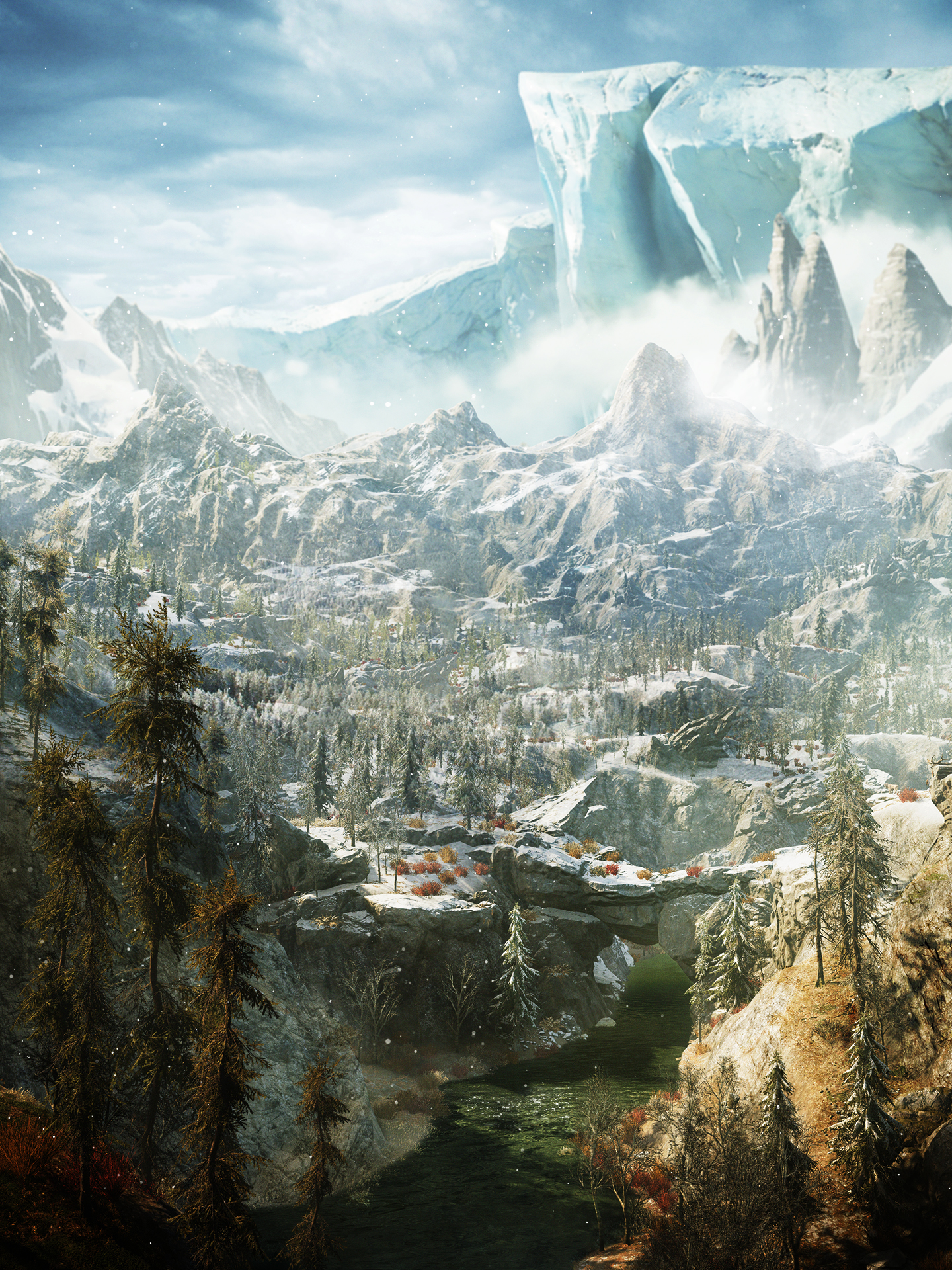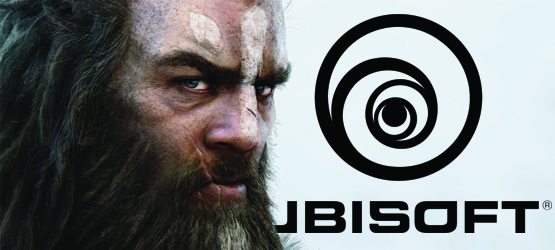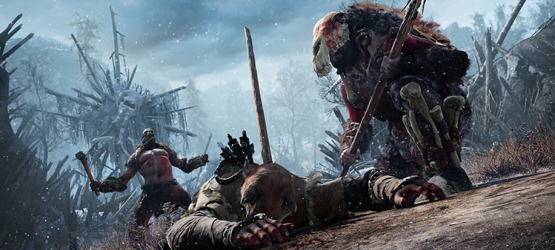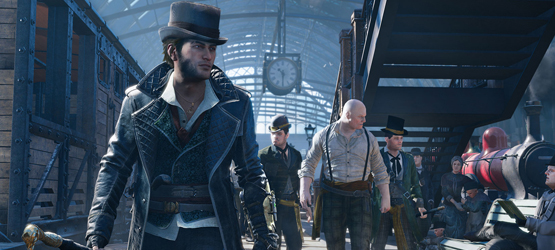Outside of the core platform holders, Activision Blizzard, Electronic Arts and Ubisoft are often recognized as the dominant players in the west, presiding over some of the biggest video game properties in the entire industry. Defining many of the parameters of AAA gaming and its production, each are celebrated and denounced almost in equal measure for nurturing IP and annualizing franchises, not to mention carving out a formula that is almost unflinching in its pursuit of success.
But, business is business. C’est la vie. So long as Call of Duty, FIFA and Assassin’s Creed continue to pull in the numbers, these companies will only strive to maintain that momentum with each passing year, and on and on we go.
Status Quo
Now, before you decree that every new entry into these franchises is a reskinned carbon copy of its predecessor, there are signs to suggest that out of the aforementioned trifecta, Ubisoft is beginning to double down on creativity.
For the longest time, it seemed as though Ubisoft’s marquee AAA franchises had painted the publisher into a corner. And while elements of the company’s by-now defacto open-world template continue to permeate the design blueprint — methodical exploration, repetitive and piecemeal gameplay — there is evidence to suggest that Ubi is beginning to expand its pixelated horizons.
Given the publisher’s status as one of the biggest in the business, there will always be logistics for developers to consider. Marketing budgets, resource management and audience expectations are pressing issues that are by no means exclusive to Ubisoft, but in the AAA space, such palpable pressures are amplified quite considerably.
That doesn’t necessarily warrant a situation where cookie-cutter sequels begin tumbling off the assembly line unabated, but it does highlight the rationale behind Ubi’s design process, one which so often involves cross-pollination between its highest of high-profile products.
You don’t need to understand the minutia of game design to pinpoint the recurring mechanics scattered across Assassin’s Creed, Far Cry, The Crew and even Watch Dogs, which was particularly criticised for recycling the open-world tower unlocking system almost beat for beat. By and large, each of the aforementioned IP have secured their franchise status after varying stints on the market, and once the blueprint has been defined, it becomes difficult to break away from the tried and tested formula.
In-House Creativity
But outside of these flagship series lies an in-house creative think tank at Ubisoft called the FunHouse. Founded shortly after the launch of Patrick Plourde’s elegant RPG Child of Light, the division represents a shift in tone from the blockbuster mainstays. Indeed the publisher has first-hand experience with hatching new franchises from within its own walls, after nurturing Just Dance from a humble rhythm game in 2009 to a full-blown global phenomenon.
Weaning unconventional start-ups from an embryonic state has therefore become a core part of Ubiosft’s renewed philosophy, and Plourde stated recently that:
“We’re making entertainment. I strongly believe we cannot make the same thing over and over and still be entertaining. As an entertainment company, there’s a need to create something different every year, to be innovative. I feel like it’s not a buzzword at Ubisoft. It’s in its DNA.”
Acting as a creative extension within Ubisoft Montreal, the FunHouse has also been responsible for acclaimed titles such as Grow Home and Valiant Hearts, while Eagle Flight is a tantalizing tease of how the tight-knit team — one which never exceeds 100 people — can wrangle new experiences out of 2016’s major VR platforms.
As a matter of fact, only recently we brought you the news that Ubi has now teamed with SpectreVision, the production company founded by Elijah Wood and Daniel Noah, to “create, develop, and produce original and interactive virtual reality content.”
No word yet on which platforms or games the partnership will bring, but what we do know is that SpectreVision is synonymous with low-key horror movies such as The Boy, Cooties and Open Windows — hardly genre-defining horror classics by any stretch, but horror films nonetheless — signalling that a foray into VR horror could be on the cards.
New Platform, New Possibilities
And though it’s unlikely that the early products of said VR-centric collaboration will go down as breakout hits in the vein of Child of Light, news of Ubisoft’s FunHouse Studio diversifying its lineup to incorporate virtual reality can almost be seen as a means of future-proofing. We’ve explored the ways in which 2016 will be a defining year for PlayStation VR and its lead competitors, but it’ll be two or even three years before the medium enters its honeymoon period, and the fact that Ubisoft is getting in on the ground level is exciting in and of itself.
That covers virtual reality and the publisher’s burgeoning indie scene, but what of its lucrative AAA roster? Those aforementioned blockbusters of Far Cry, Watch Dogs, Rainbow Six and particularly Assassin’s Creed in many ways facilitate Ubisoft’s renewed drive to build new IP from the ground up, and one that caught the industry eye during E3 2015 was Ubisoft Montreal’s For Honor.
Steeped in the rich history of medieval lore, Ubi’s mythic new title is a third-person action fighting that allows players to duke it out between Vikings, Knights and Samurai. A visceral hack-and-slash experience at its core, For Honor is in many ways unlike anything we’ve seen before — particularly from Ubisoft. Indeed Creative Director Jason Vandenberghe has spoke of his own gruelling fight to get the game greenlit, a battle that raged on for more than a decade before Ubisoft Montreal finally took Vandenberghe’s kernel of an idea into consideration.
Flanked by the team that worked on Naruto: Rise of a Ninja in 2007, For Honor soon began to gain momentum and we’re now looking at one of the more exciting and experimental multi-platform releases in the pipeline. Heavy on sword fighting and light on strategy, the title is said to boast a structure reminiscent of shooter games. That’s a little difficult to envision at this early stage, which has us all the more intrigued for the game’s release.
Even the imminent Far Cry Primal, which was never considered to be an annualized franchise at Ubisoft, is a testimony to breaking new ground within an established series. Yes, it’s unlikely to reinvent (or should we say invent?) the wheel, but by iterating on the excellent mechanics underpinning Far Cry 3, its sequel and psychedelic offshoot Far Cry 3: Blood Dragon and tossing them into a primordial setting, the company is embracing a time period, protagonist and even language that is radically different.
Perhaps it’s more to do with the trend of publishers scattering their tentpole releases throughout the year, though Primal’s February release is also noteworthy in that it opens up the coveted October/November slot for, well, we’re not quite sure yet.
Mooted reports that Assassin’s Creed would take a one-year hiatus emerged earlier this month, with the general consensus claiming that Watch Dogs 2 would swoop in to take its place. Putting aside the veracity of said report for a moment, the possibility of Creed skipping a release in 2016 is something that ought to be welcomed with open arms. Syndicate may have thrust players into a dark and brooding Victorian London with aplomb, but technical issues still hampered it from becoming a truly great game, and not just a great Assassin’s Creed game.
Will Ubisoft decide to rest its crown jewel later this year? Or will the publisher movie to capitalize on the release of Justin Kurzel’s live-action Assassin’s Creed movie? Time will tell.
Ultimately, though, we’re beginning to see fleeting lines that the mega-publisher is really nurturing that ‘culture of innovation’ that Patrick Plourde referred to. For too long, Ubisoft was operating with a production line that had become increasingly homogenized, but thanks to FunHouse Studio, cinematic VR via SpectreVision and what we hope to be a more pragmatic approach to AAA franchises (read: No Assassin’s Creed in 2016), it’ll be fascinating to watch how the company leverages creativity and its roster of talent across blockbuster and indie in its never-ending search of “the next big thing.”
Far Cry Primal Preview Screens Dec 2015
-
Far Cry Primal
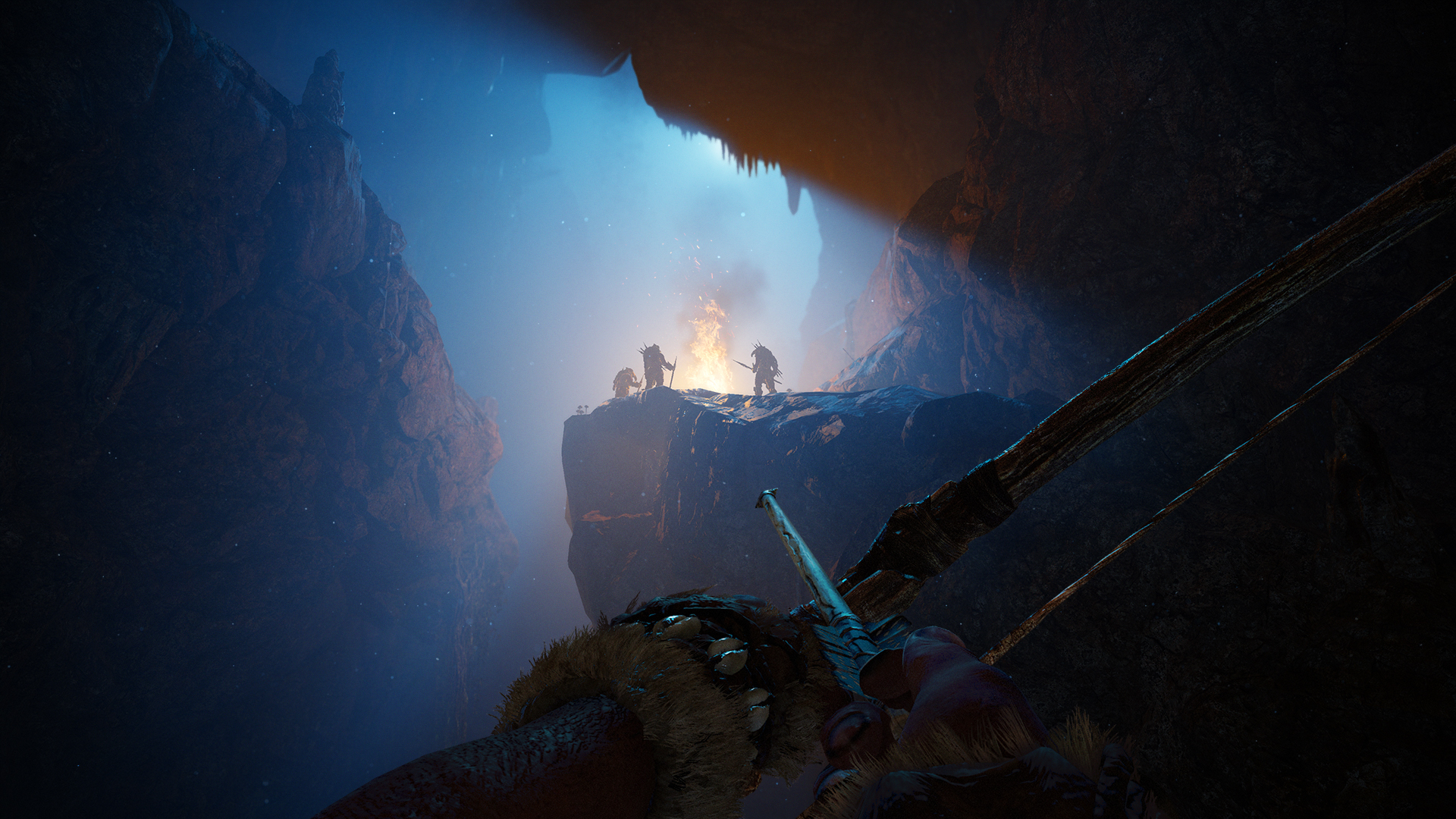
-
Far Cry Primal
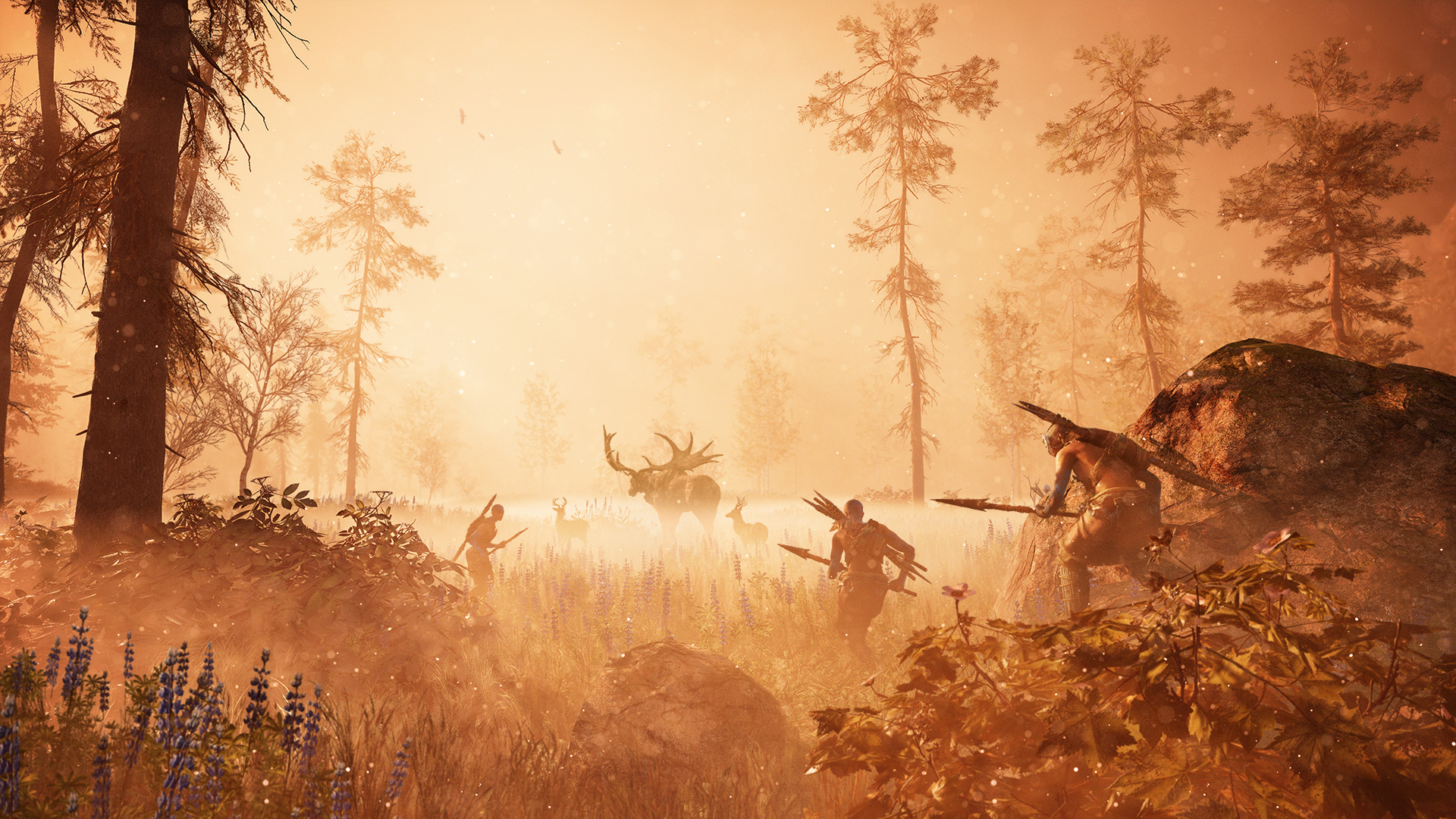
-
Far Cry Primal
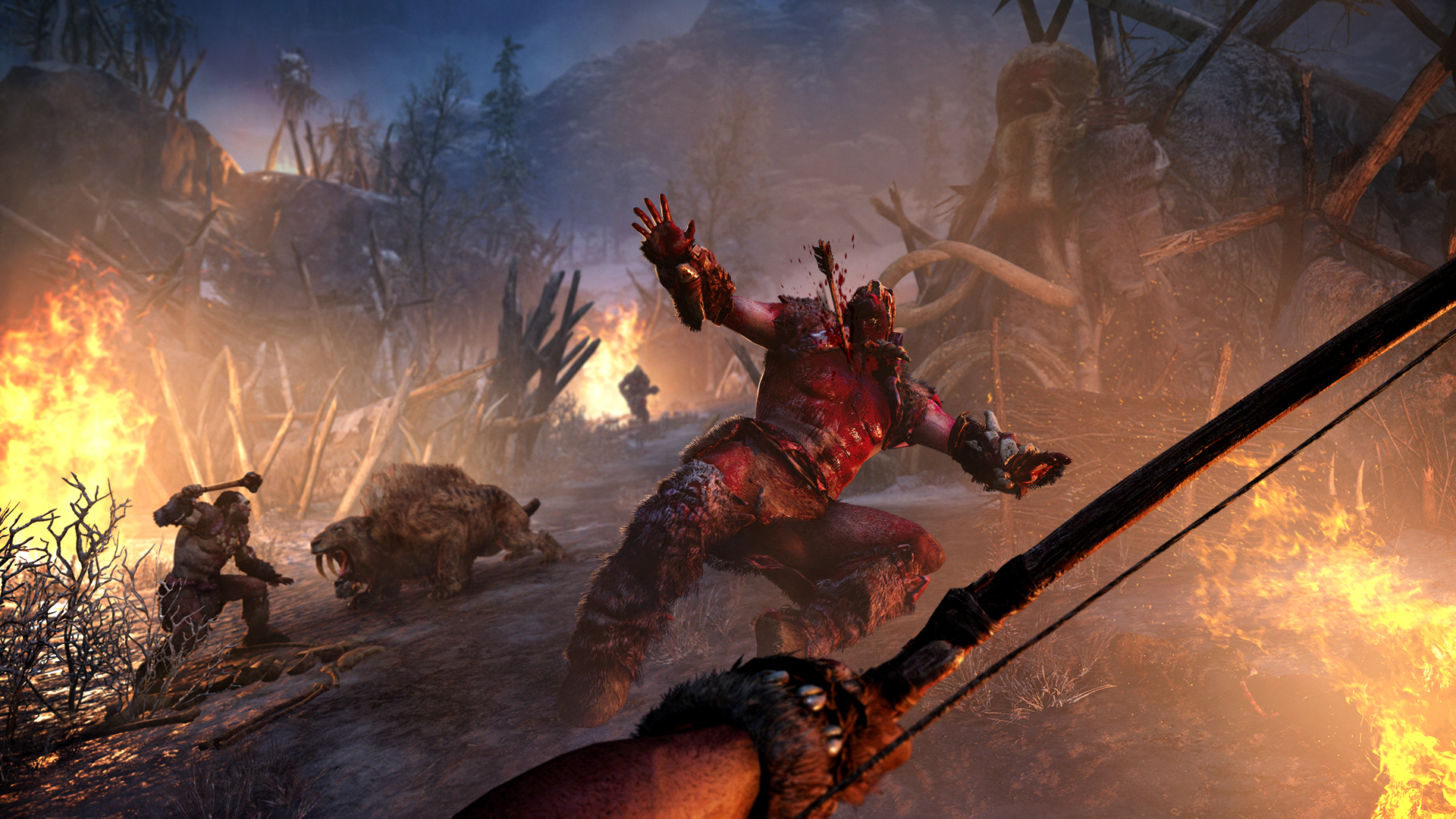
-
Far Cry Primal
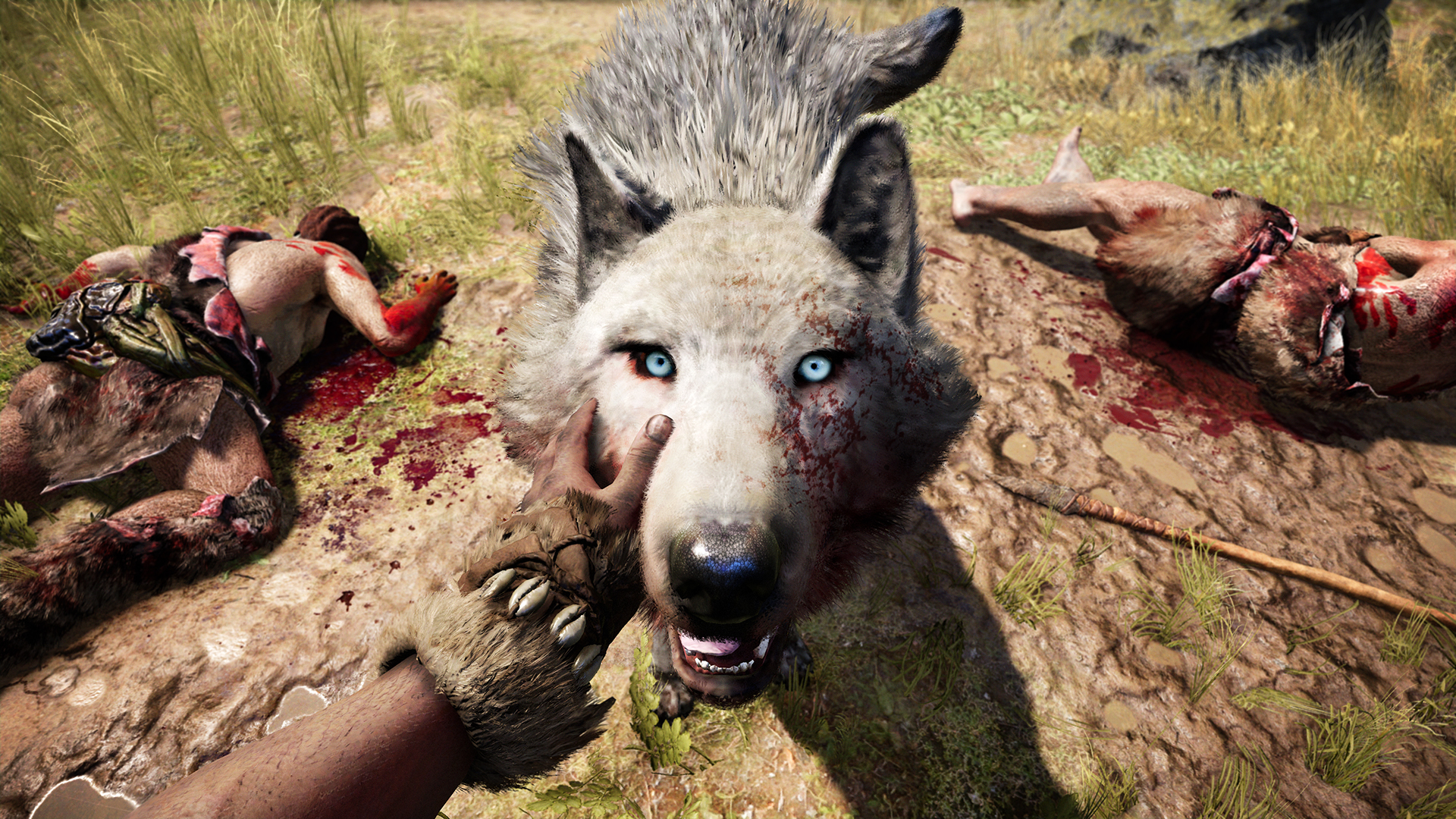
-
Far Cry Primal
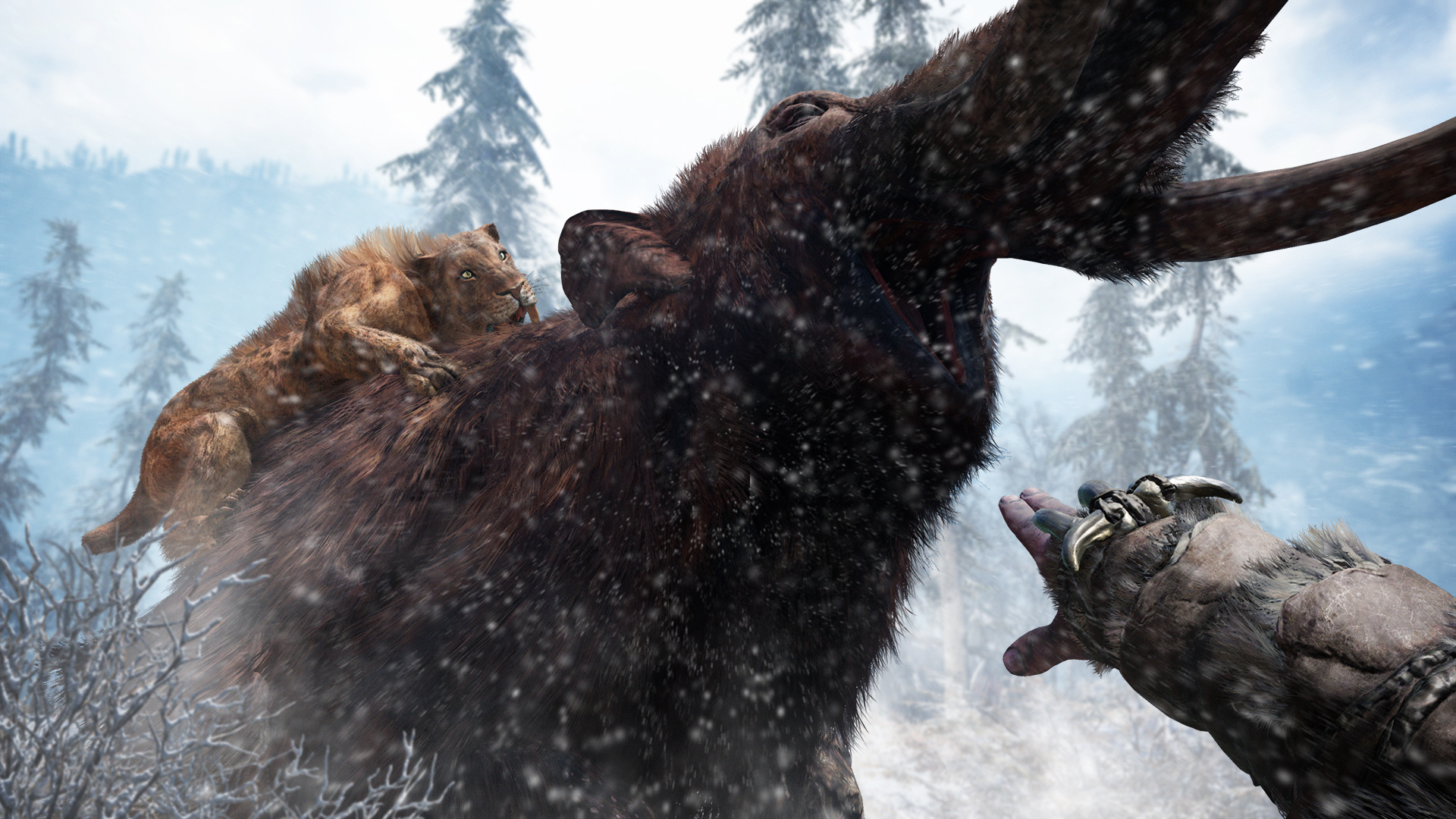
-
Far Cry Primal
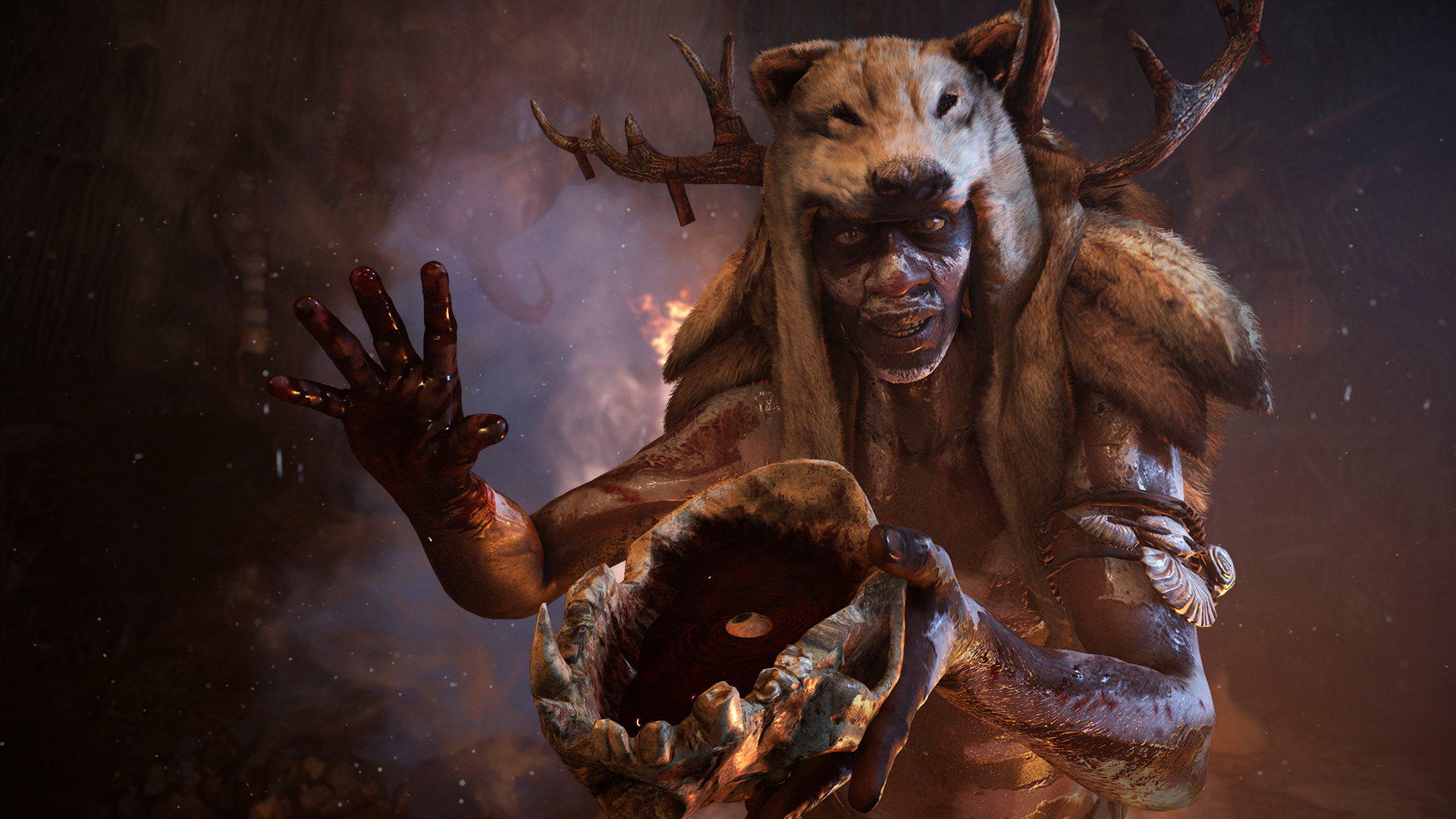
-
Far Cry Primal
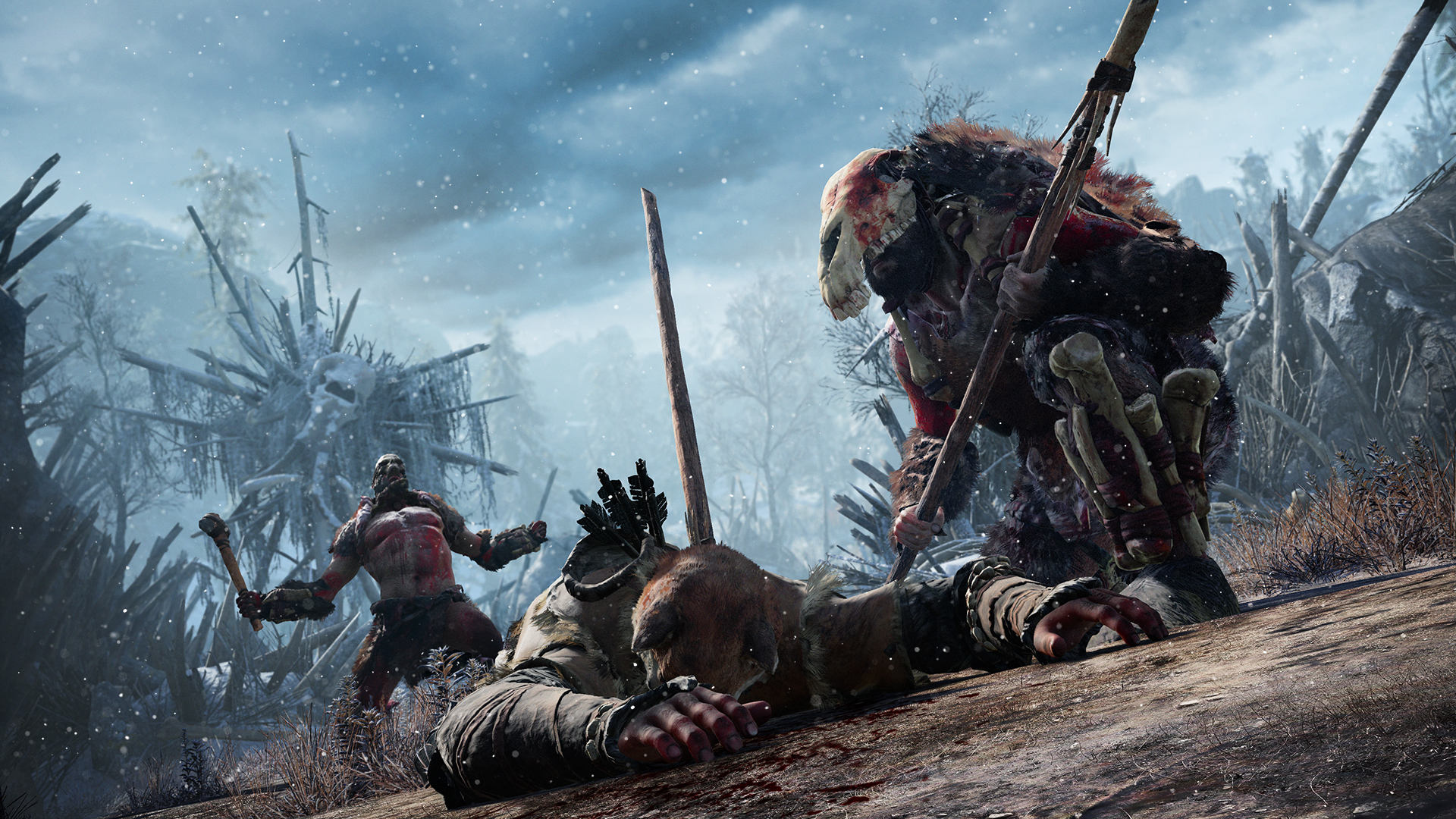
-
Far Cry Primal
